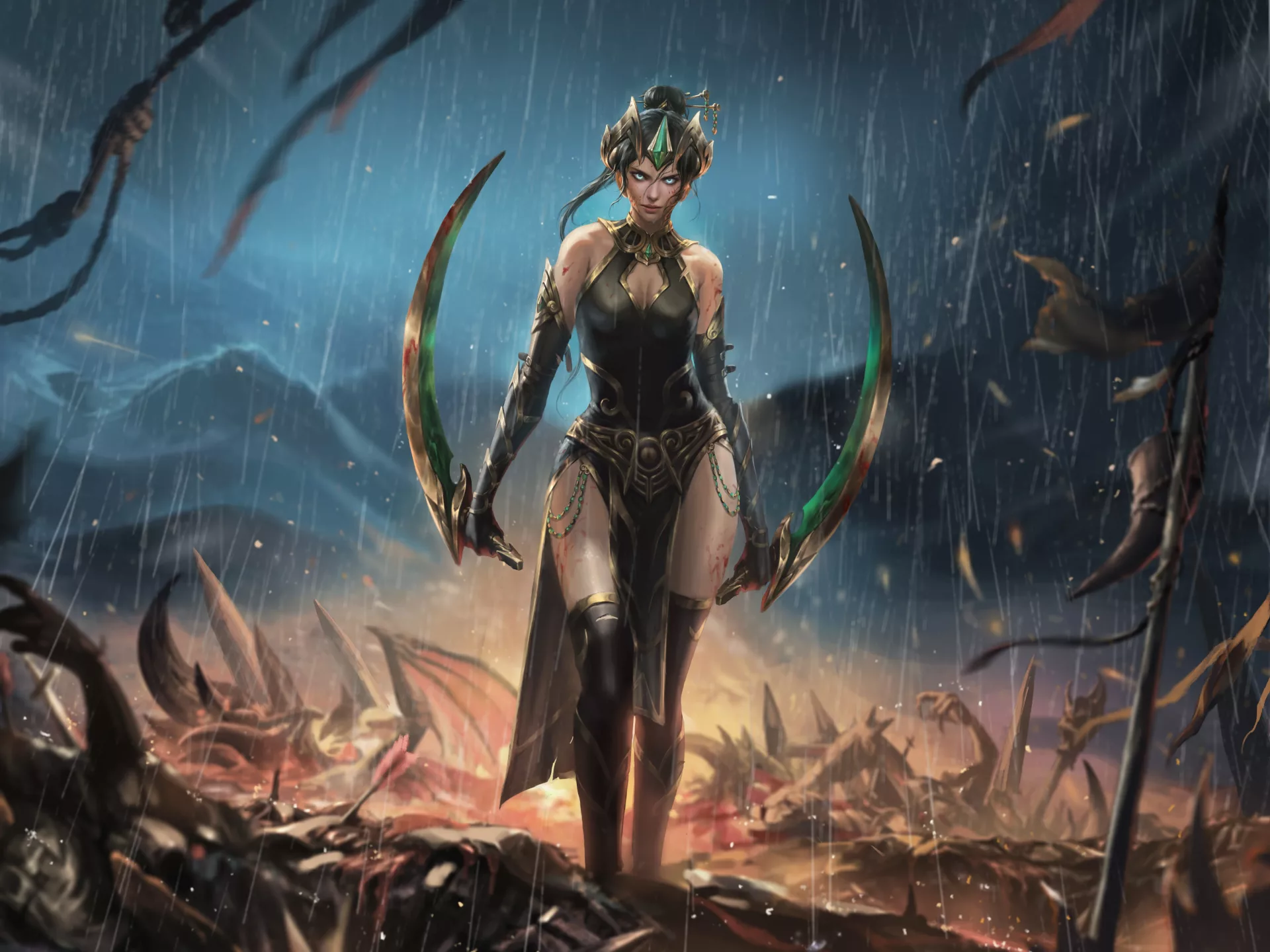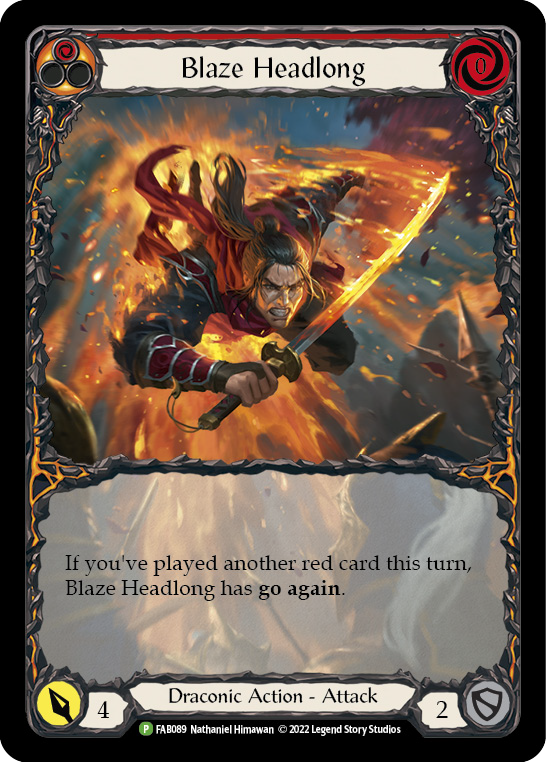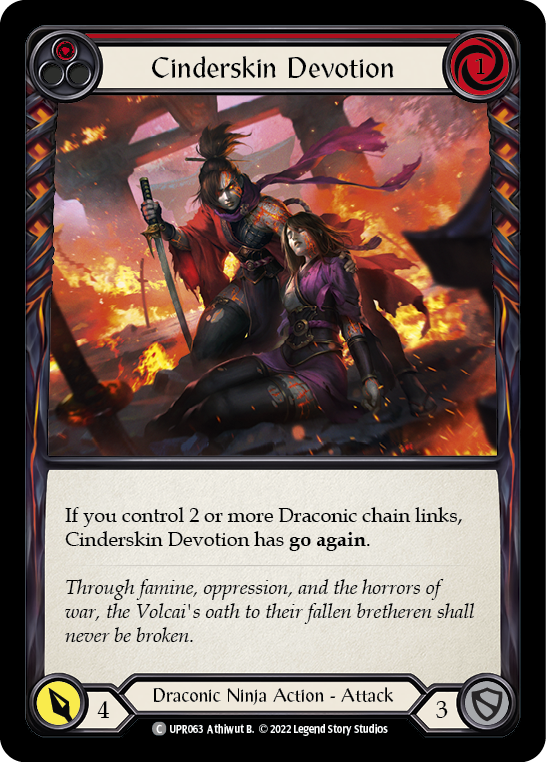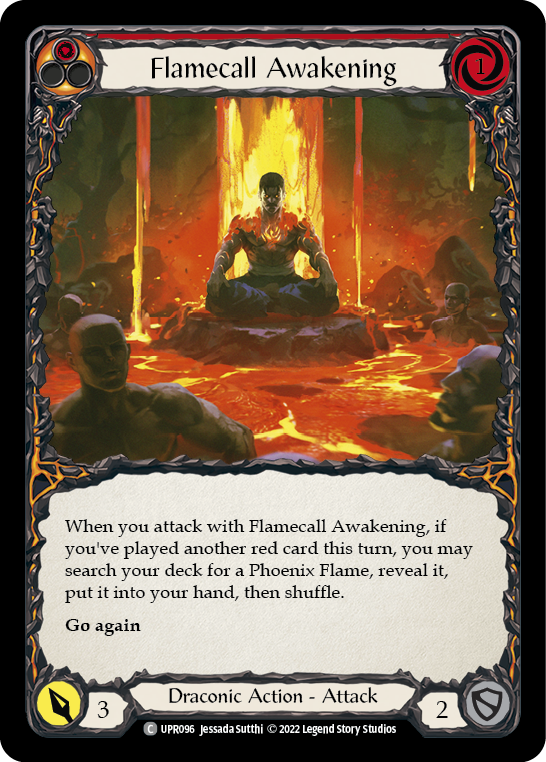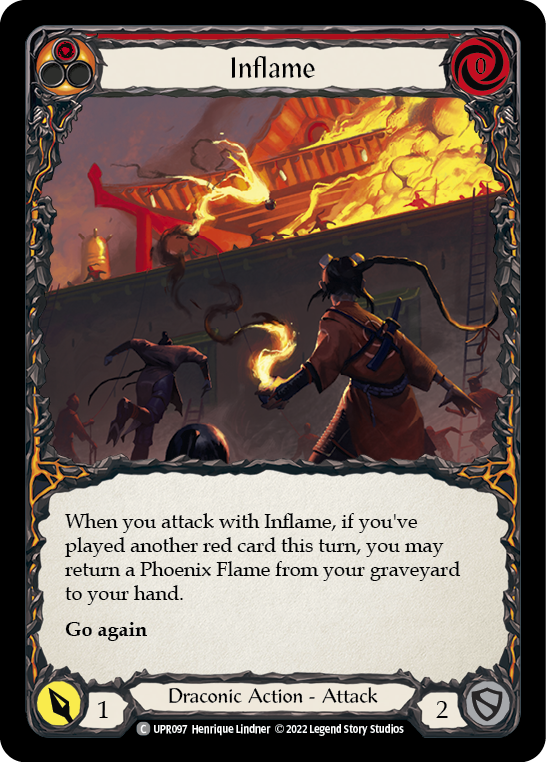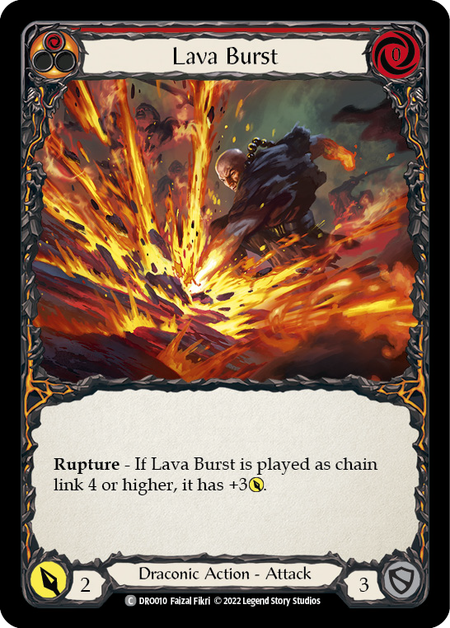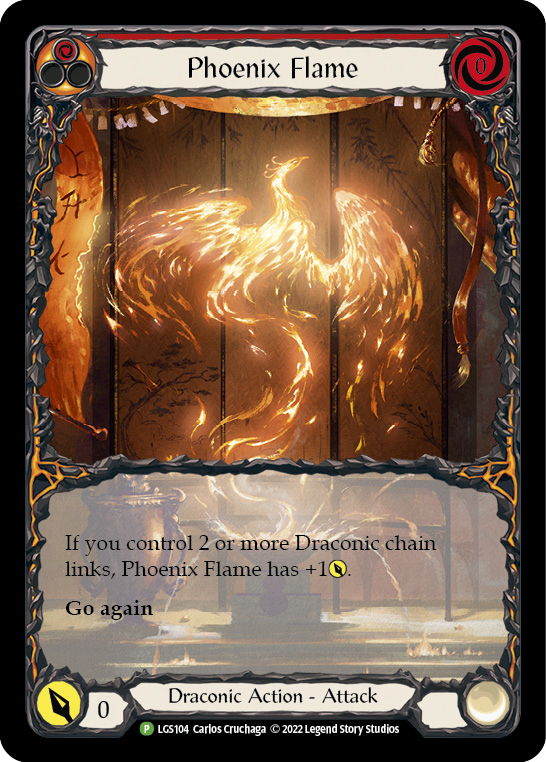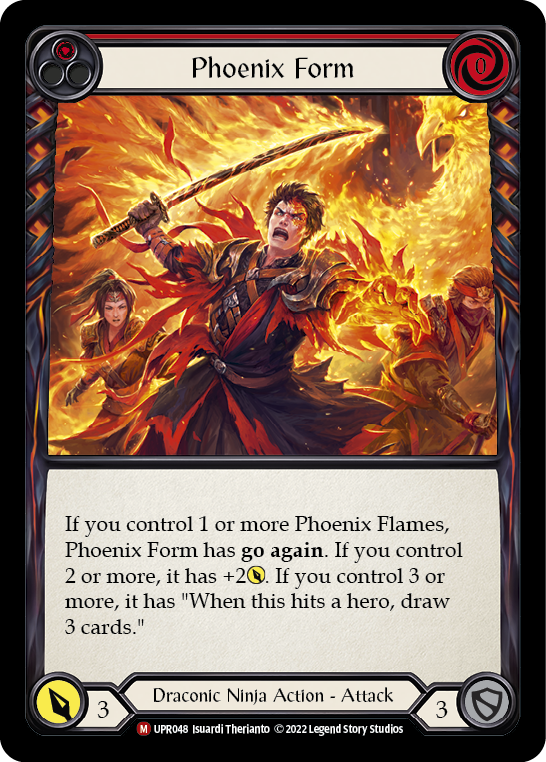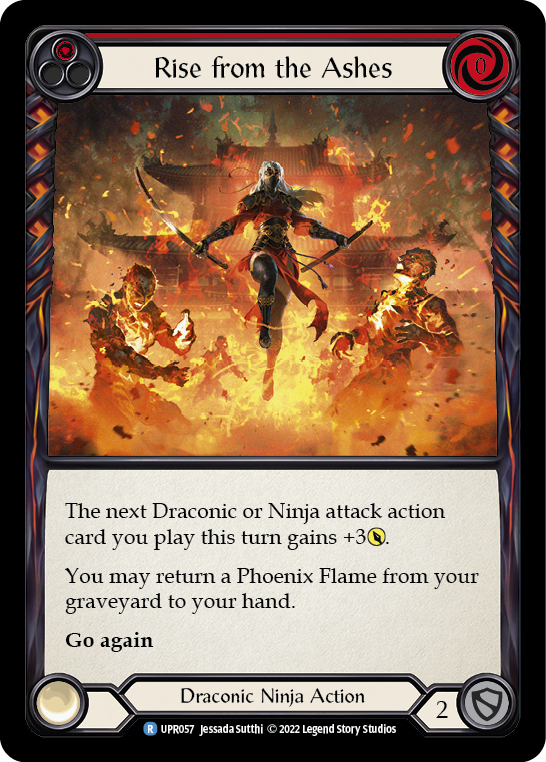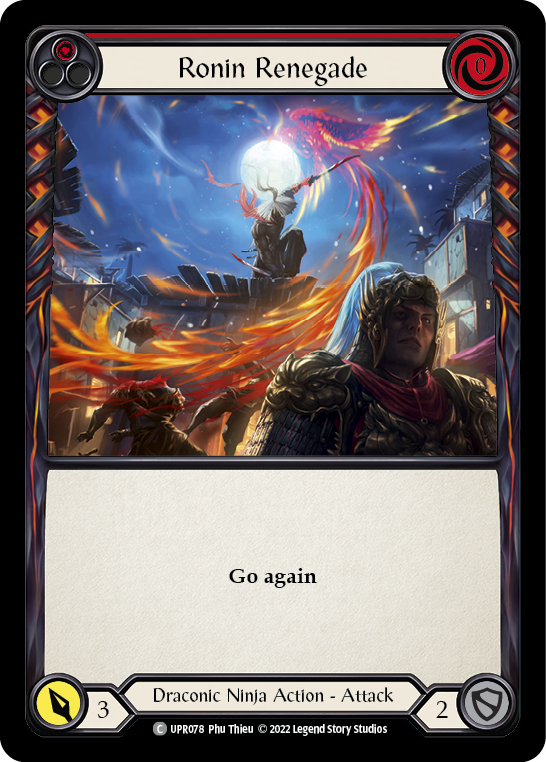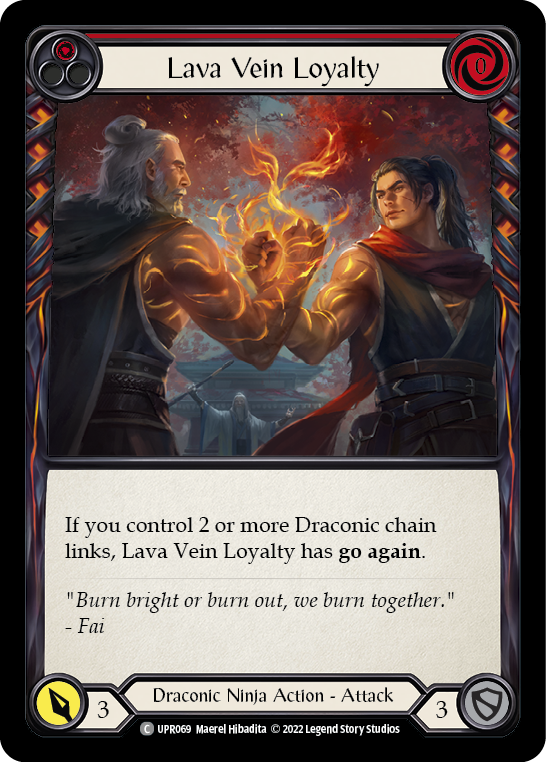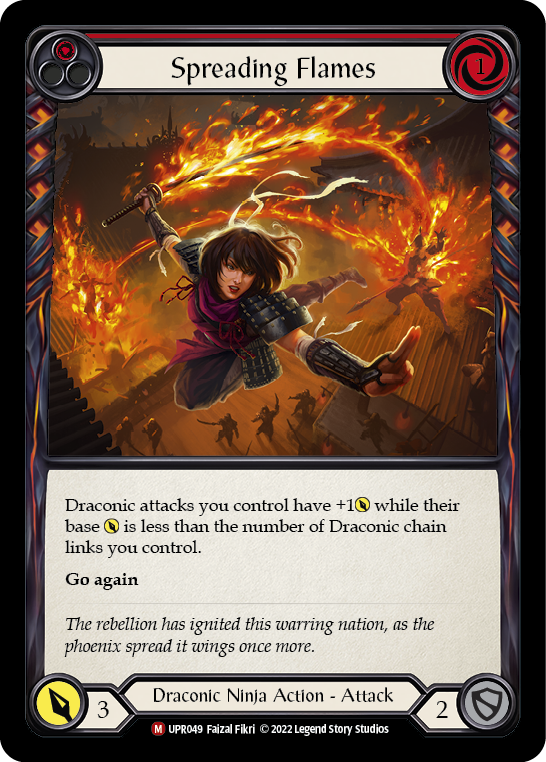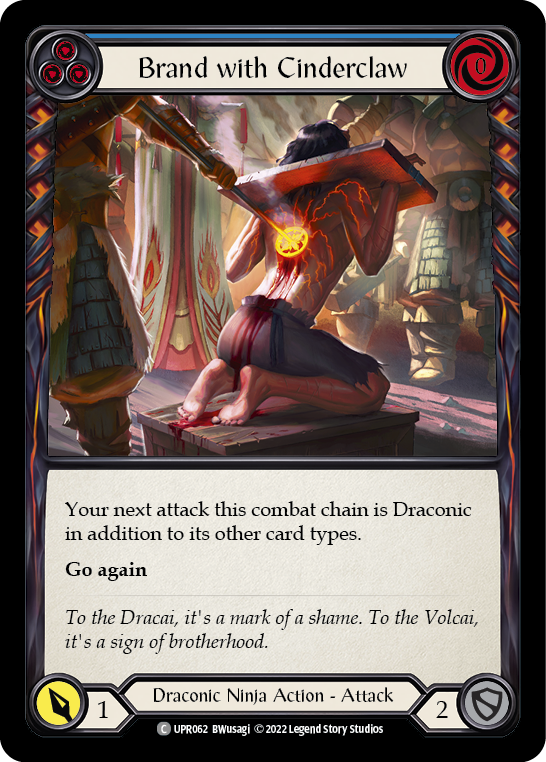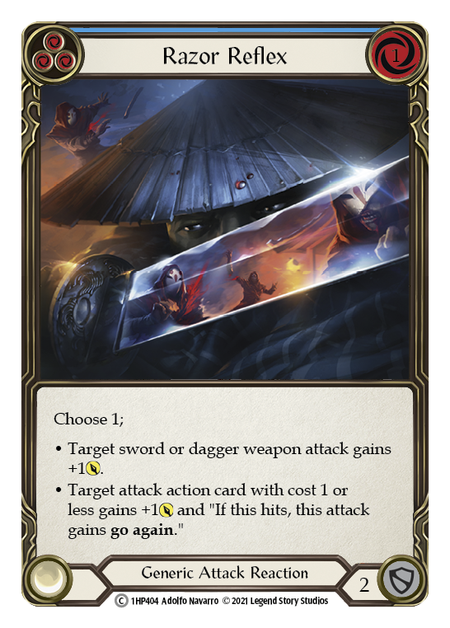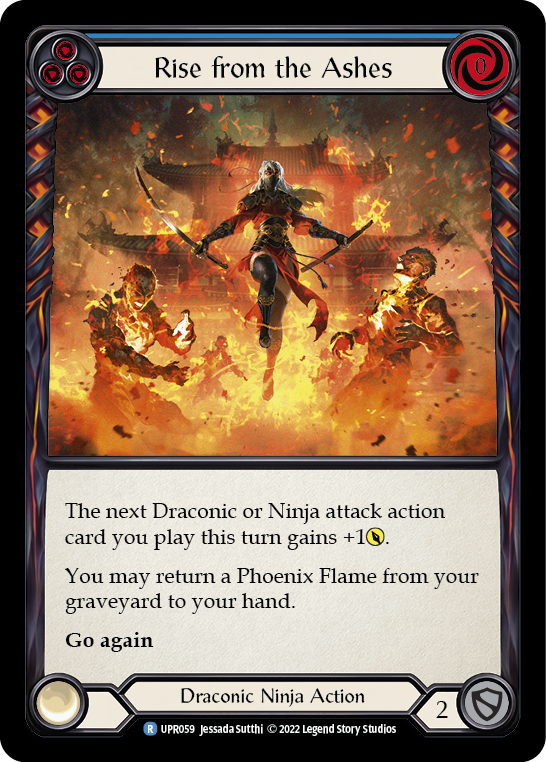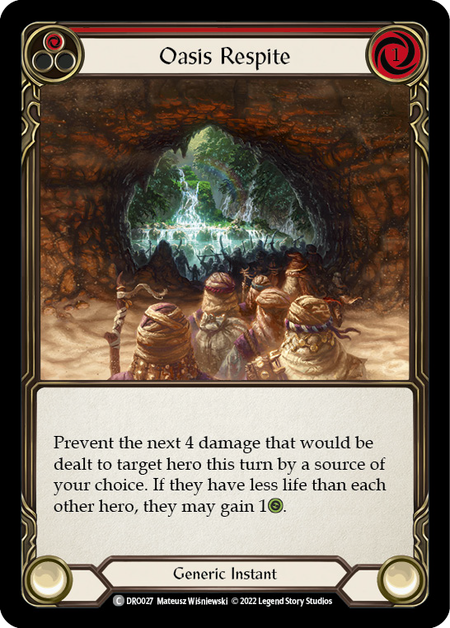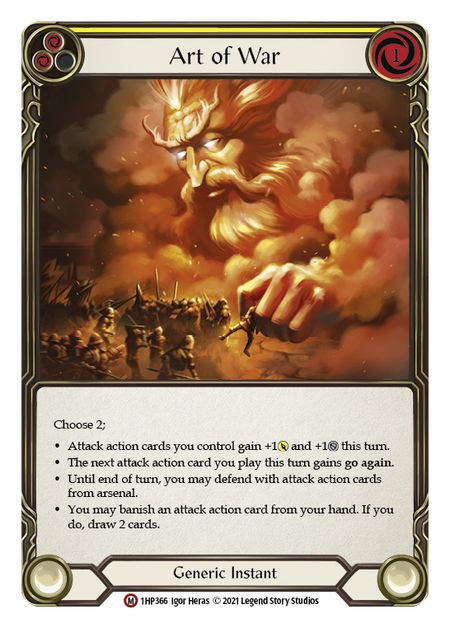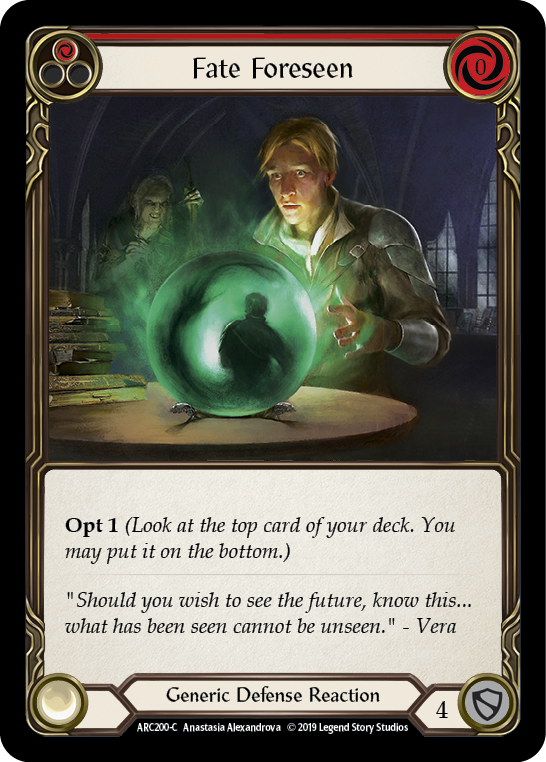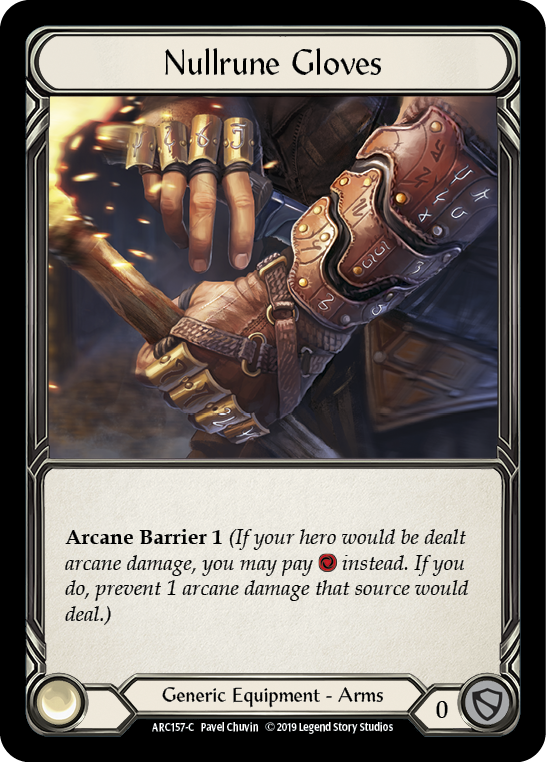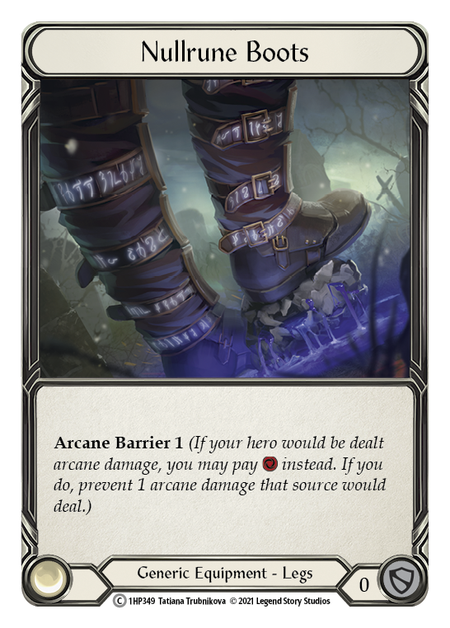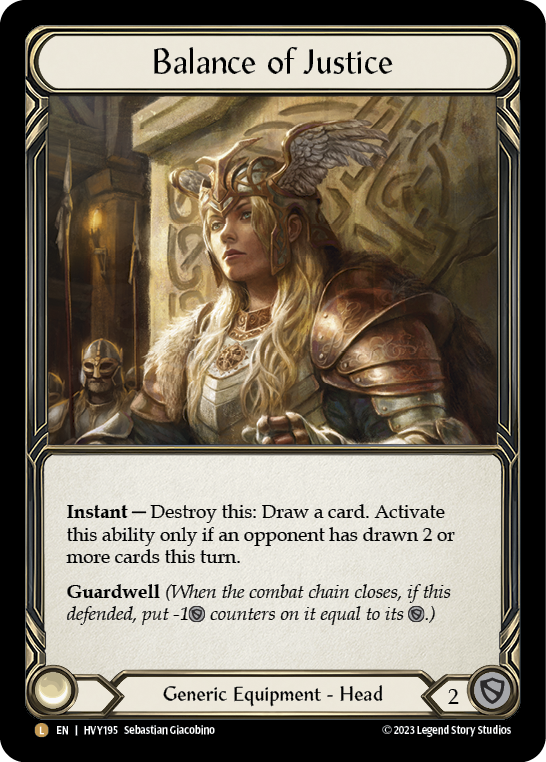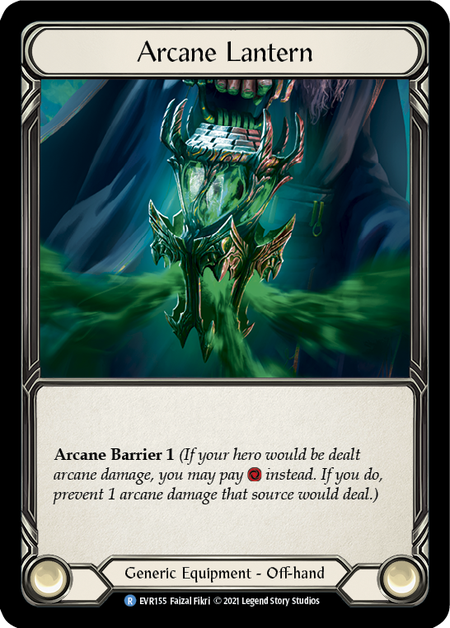“The secrets of my enemies carry far on the wind.”
Table of Contents
Art:Exude Confidence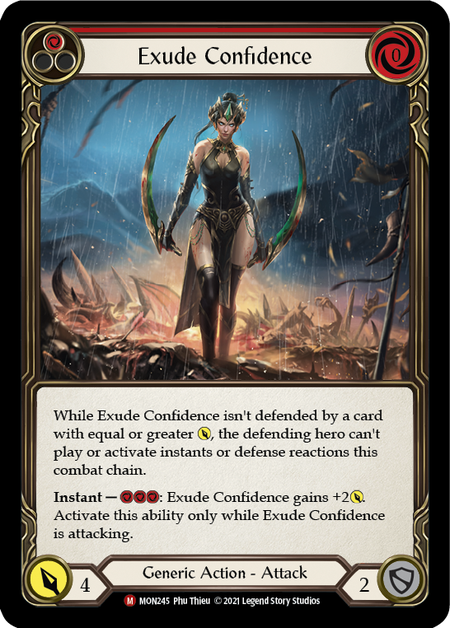 by Phu Thieu
by Phu Thieu
Classic constructed is the defacto “competitive” format and most likely will be the most talked about / played format in your area. Games of CC are distinguished by rules like having to use the adult version of a hero, and compared to other formats, the games take a little bit longer, averaging around thirty minutes to an hour. One of the big distinctions between young and adult heroes is that all adult heroes have increased health, typically ranging from thirty to forty health. CC is huge in many LGS’s across the world and is seen by some as the primary way to play Flesh and Blood, I personally started playing CC and have been having a blast with it ever since. CC is a blast, and I am very excited to introduce you to one of Flesh and Blood’s most competitive and fun formats. I wanted to create a one-stop shop for the format with all of the resources, rules, and a couple of decks to check out as a new player, including a budget duck and a non-budget deck. Without further adieu, let’s get it!
Format Rules for Classic Constructed:
The rules for classic constructed are almost all focused on deck construction:
- 1 Adult Hero (If you are looking to play a young hero, check out Blitz!)
- 80 card-pool (includes weapons, equipment, etc., and cards in the deck)
- Start with a minimum of 60 cards in the deck
- Up to 3 copies of each card
Additional Deck Construction Rules:
- With the exception of generic cards, cards in the deck need to correspond with the hero or class you are playing; for example, if you are playing a guardian hero, you must include guardian attack actions and any card that is a subset of the guardian. There are a ton of cards for each class, and generic cards can be played in any deck.
- You can have up to three copies of each card, now an important distinction is the red, yellow, and blue versions of cards. For example, you can play three copies of all three versions of a card like Money Where Ya Mouth Is (Red)
 . Money Where Ya Mouth Is (Yel)
. Money Where Ya Mouth Is (Yel) , Money Where Ya Mouth Is (Blue)
, Money Where Ya Mouth Is (Blue) there are a ton of decks that want to run all three versions of each color of a specific card.
there are a ton of decks that want to run all three versions of each color of a specific card.
Start of Game Procedure:
Each game of a match follows the same procedure:
- Each player starts the game by revealing their hero.
- Decide who is going first or second, this is typically decided by a dice roll, but there are a ton of different ways to decide this.
- Each player decides their final deck as well as equipment or weapons. If you are looking for specific matchup cards from your inventory, this is the time to switch them up.
- Each player shuffles and presents their deck to their opponent to cut or shuffle.
- Each Player reveals the equipment and weapon loadout they will be using for the game, draws up to the value of their hero, and the game begins.
How do I get started?
If you have an LGS in your area, pop in and see if they will help teach you or can point you in the right direction. This is how I learned to play in collaboration with my LGS. It was great to get explanations and any questions answered in person. If you can’t go to an LGS, you can always play on either Talishar or check out Fabtcg.com, which has full guides to getting started as well. No matter what path you choose, there are so many awesome and great ways to learn the game. Combine that with a welcoming community that wants to help new players and grow their local scene, and you have a winning recipe for someone wanting to get into Flesh and Blood. I have been welcomed with open arms by my LGS community, helping me with deck builds and ideas, helping me test new builds, and just being very kind to me, like gifting me cards as a newer player to help build my collection. Flesh and Blood has an amazing community that is so kind to players, new and old.
How do I decide on a deck?
One of my favorite things about Flesh and Blood is how many decks are viable; through events at my LGS and a ton of play on Talishar, I have played against many very popular meta decks as well as a ton of more fringe style brews that had varying levels of success. There are so many great, strong, and competitive options that allow you to play whatever you want. When I first started playing, before I had an established playstyle/play pattern I enjoyed, I found that I typically picked heroes based solely on art and if I thought they were cool. The best part of it all was that this is certainly not uncommon, and many players at my LGS told me they play heroes because they love the art or the lore. There are a ton of amazing resources for the format, and they can help point you in the right direction for a hero you may like to play. Shop around and look for a card that interests you.
Fai and Uzuri are awesome heroes because they are easy to play but require some time to master. This makes them perfect for beginners looking to start in CC.
Fai is a very aggressive hero and is considered by many to be the premier aggressive hero in the game. Consisting of providing extra damage and go-again quite frequently, Fai can output a ton of damage and put a lot of pressure on our opponents. Fai very rarely blocks and prefers to face tank damage and swing very hard on our turn. Fai excels against more midrange strategies, and many aggressive matchups are nothing more than a race.
Uzuri is a very cool hero who really is the ultimate assassin. Uzuri tends to spend the early game taking away value from opponents with small and “pesky” attacks that don’t do much damage but provide a ton of value and work very well against equipment, especially cards like Scale Peeler

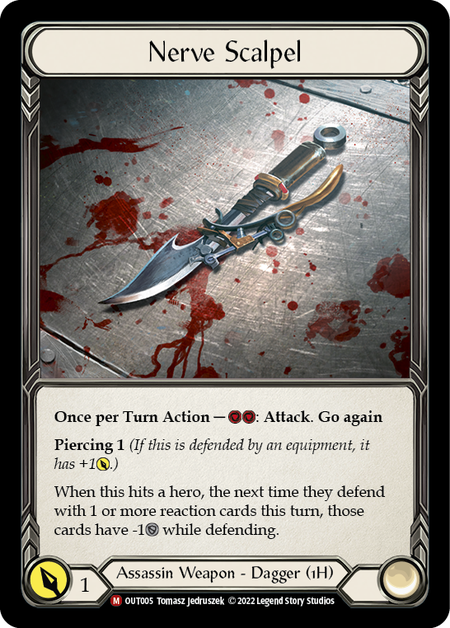


Two CC Decks to check out!
Because I learned on both Fai and Uzuri, I wanted to share a budget Fai list and a non-budget Uzuri list. I have included the first deck I ever learned on and played in my $20 Fai list and a non-budget deck with the awesome assassin Uzuri at the helm of it. Both of these decks are fun and great intros to the format. These are both great starts to the format and perfect for a player of any skill level.
$20 Phoenix Flame Fai!
Click here to copy full decklist to your clipboard!
| Hero / Weapon / Equipment |
|---|
| Hero: Fai, Rising Rebellion    Weapons: Searing Emberblade 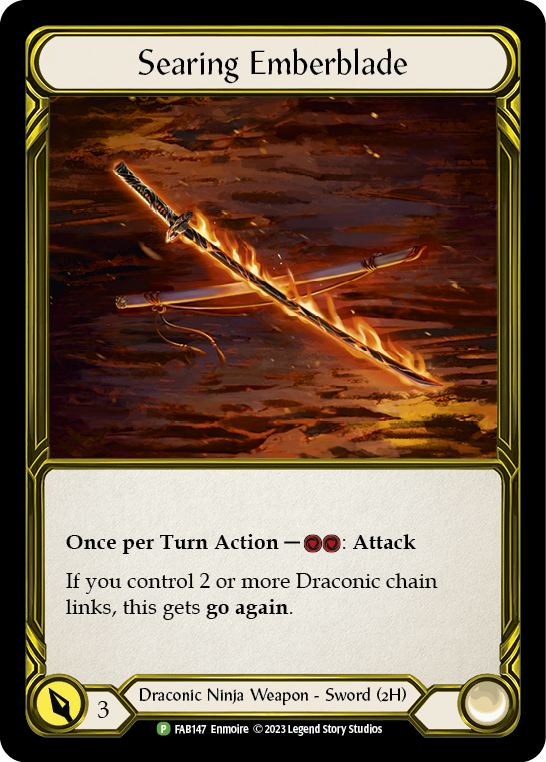  Equipment: Mask of the Pouncing Lynx 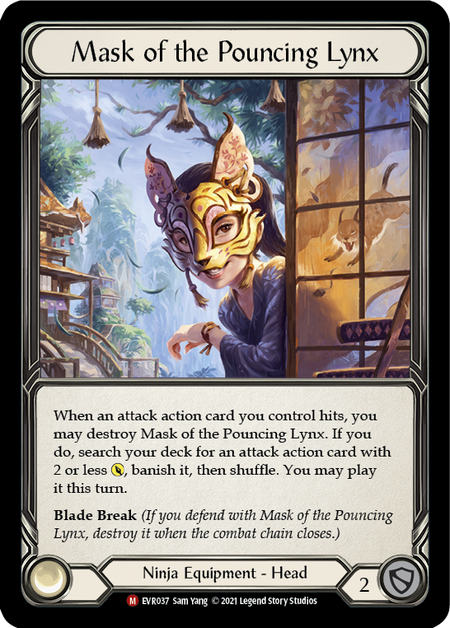  Sash of Sandikai   Heat Wave 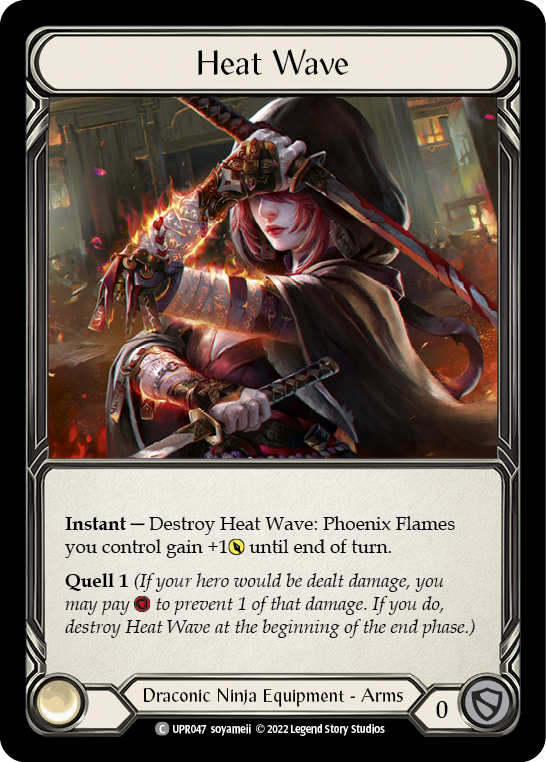  Snapdragon Scalers 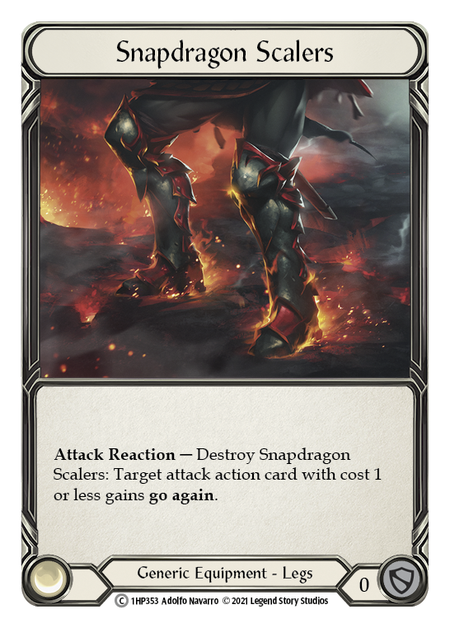   |
| Inventory |
|---|
| Weapons/Equipments: Spell Fray Gloves 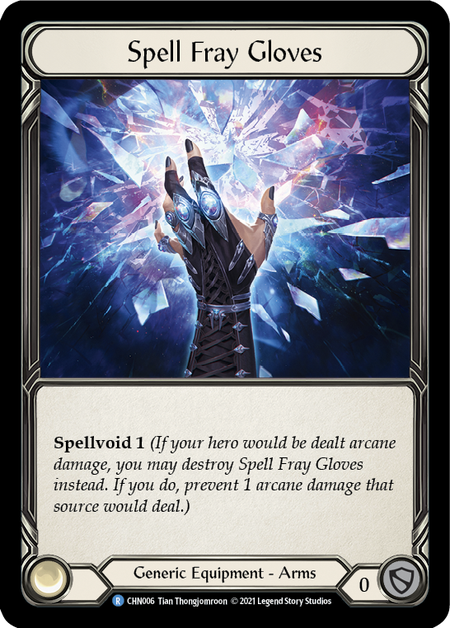  Tide Flippers 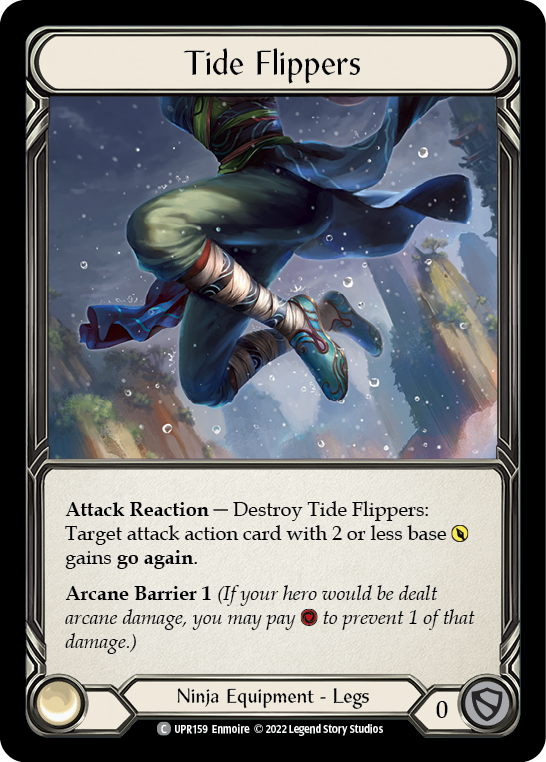  Pitch 1: 3x Sink Below (Red) 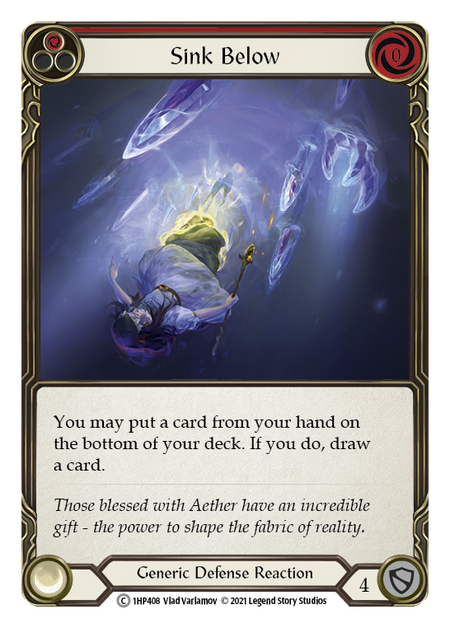  3x Oasis Respite (Red) 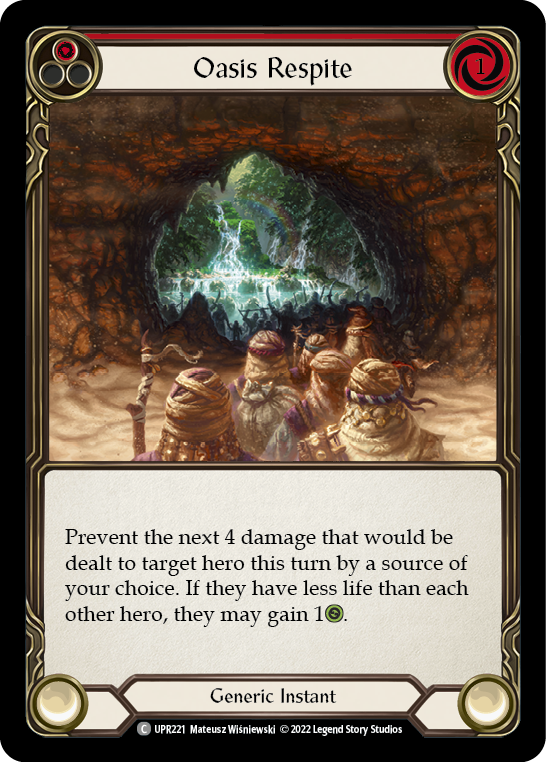  3x Reinforce the Line (Red) 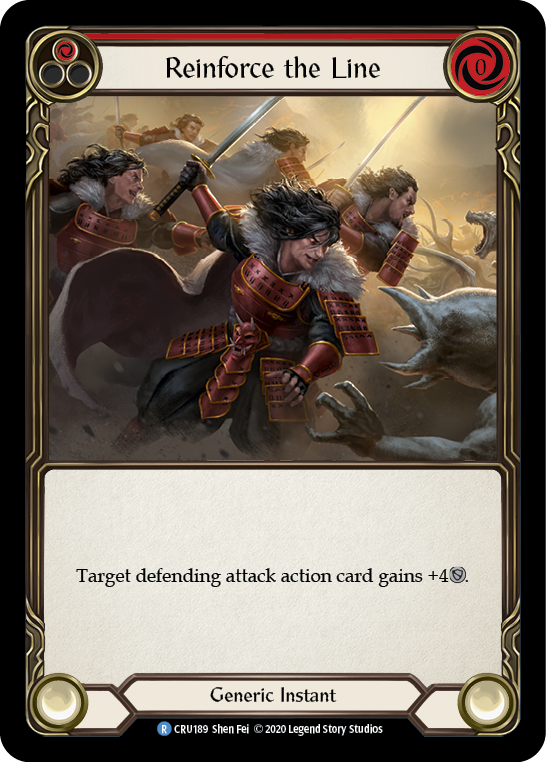   3x Wreck Havoc (Red)   1x Humble (Red)   |
Phoenix Flame Fai is the deck I learned on and a deck I still love to bring out and play. We are a hyper-aggressive deck that looks to go again often and hit hard. We certainly struggle against high block decks as they can typically withstand many of our early attacks, and in those games, we heavily rely on the extra damage from the Phoenix Flames. We almost never block, so when it comes to the aggressive matchup, we are typically racing our opponents, but against more midrange heroes, we can deal a ton of damage in the early game and begin to really bring the pain when the game transitions to the mid-late game. This deck is an absolute blast and can be picked up for only twenty bucks. Fai is a blast even in his budget form, and this is a perfect introduction to CC.
If you are looking for upgrades beyond the budget nature, I would recommend both Command & Conquer(Red)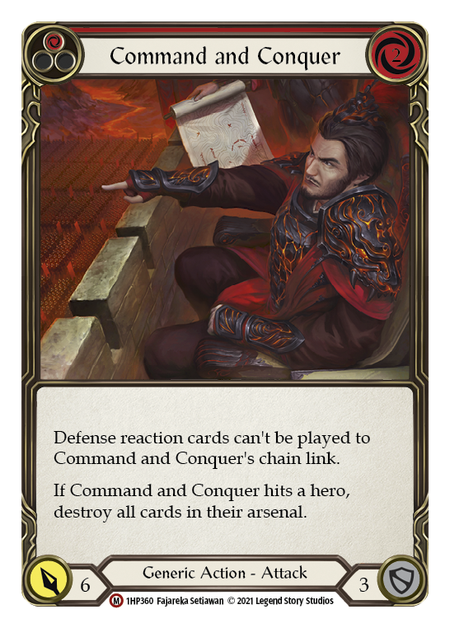


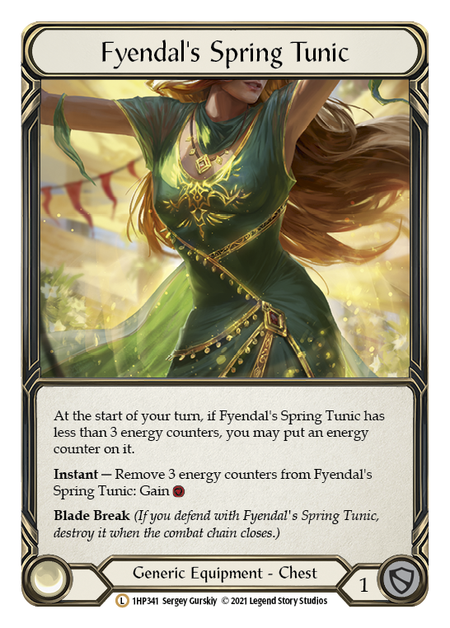



Uzuri, Switchblade Assassin’s CC
Click here to copy full decklist to your clipboard!
| Hero / Weapon / Equipment |
|---|
| Hero: Uzuri, Switchblade 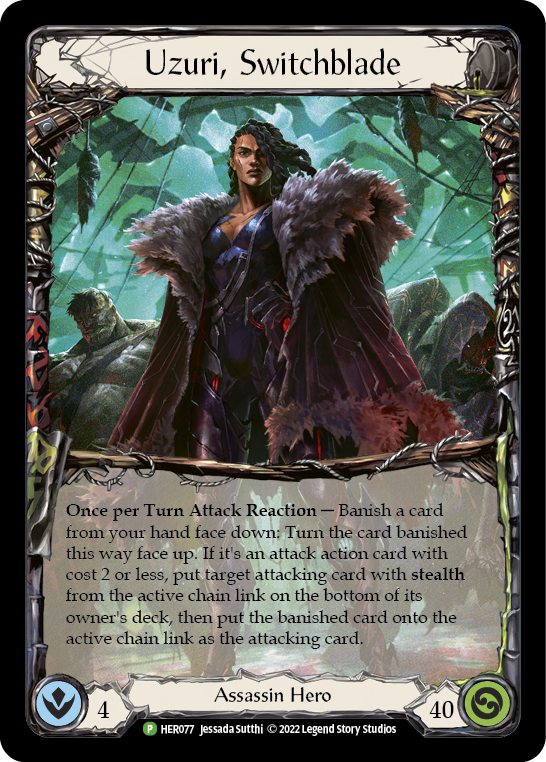   Weapons: Spider's Bite 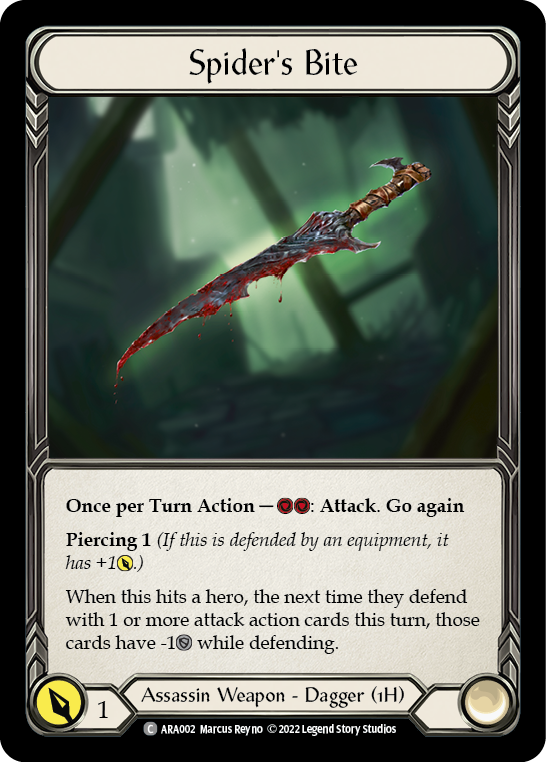  Nerve Scalpel    Equipment: Blacktek Whisperers 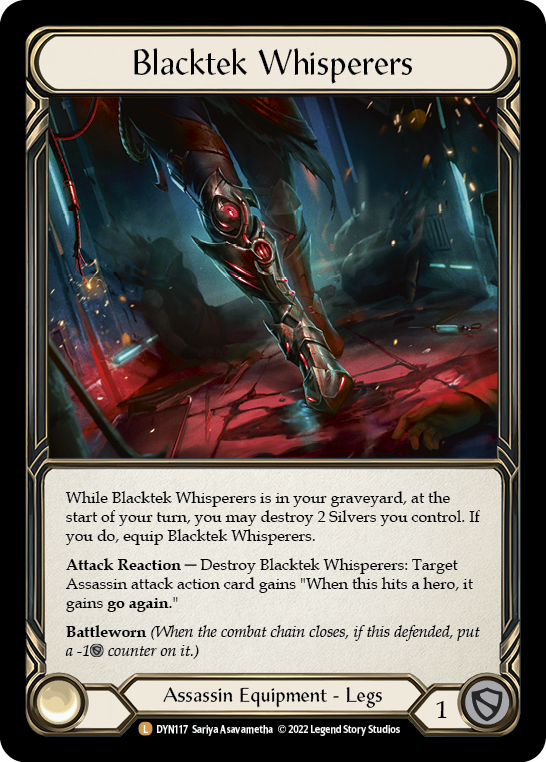  Fyendal's Spring Tunic     Flick Knives 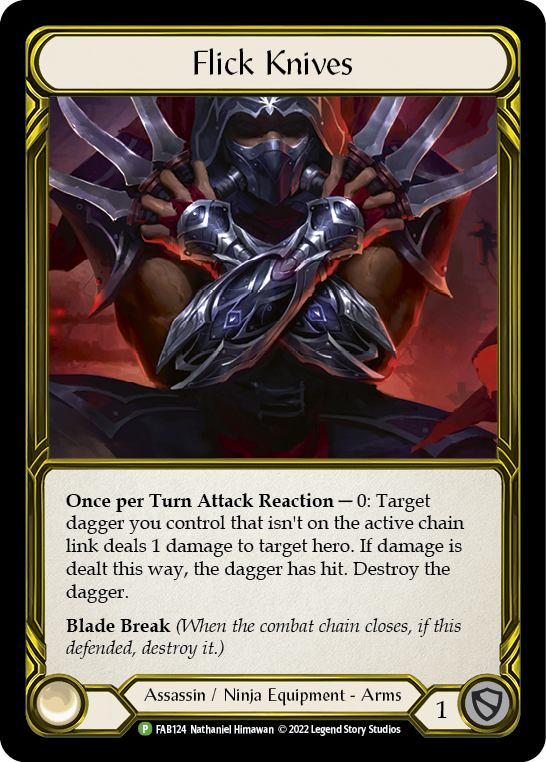  Crown of Providence 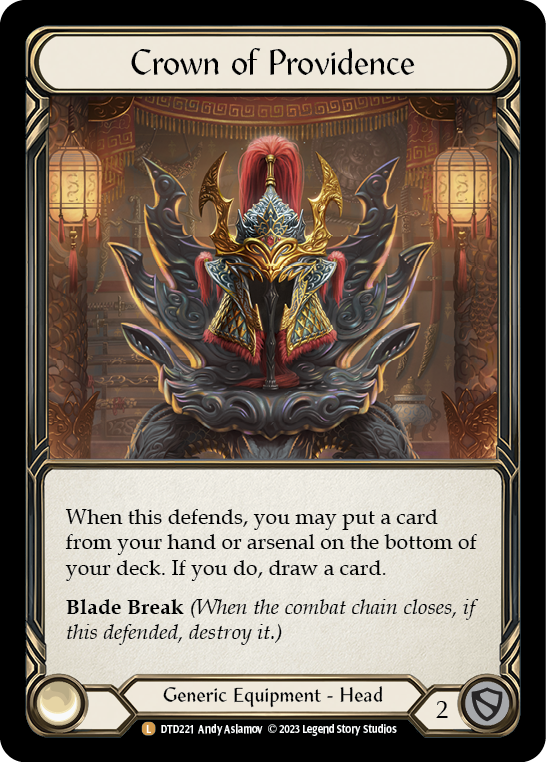   |
| The Deck: |
|---|
| Pitch 1: 3x Cut Down to Size (Red) 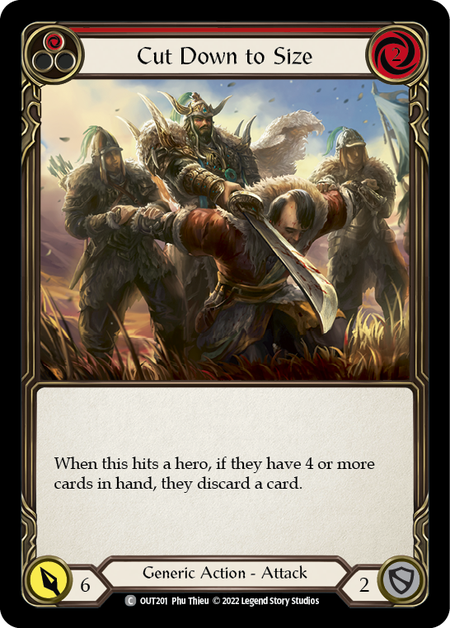  3x Enlightened Strike (Red)    3x Give and Take (Red) 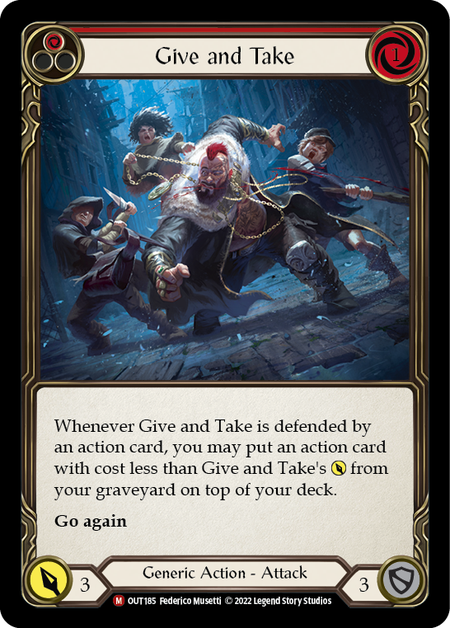  3x Hurl (Red) 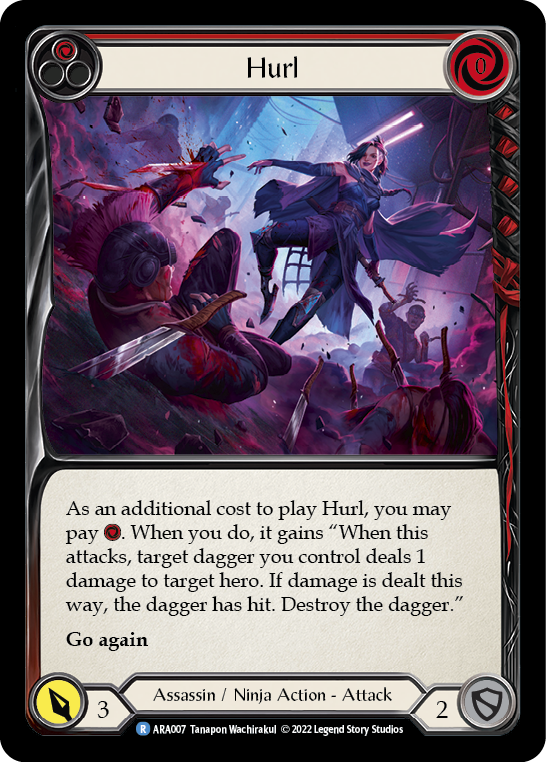  3x Isolate (Red) 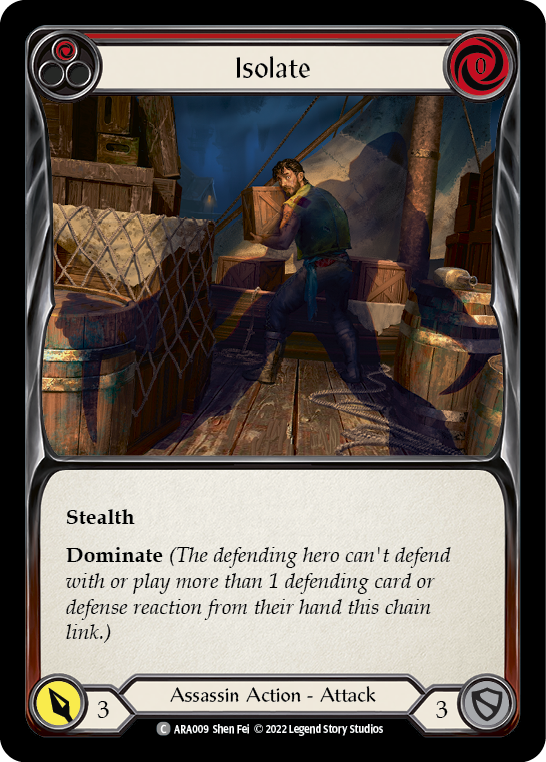  3x Leave No Witnesses (Red) 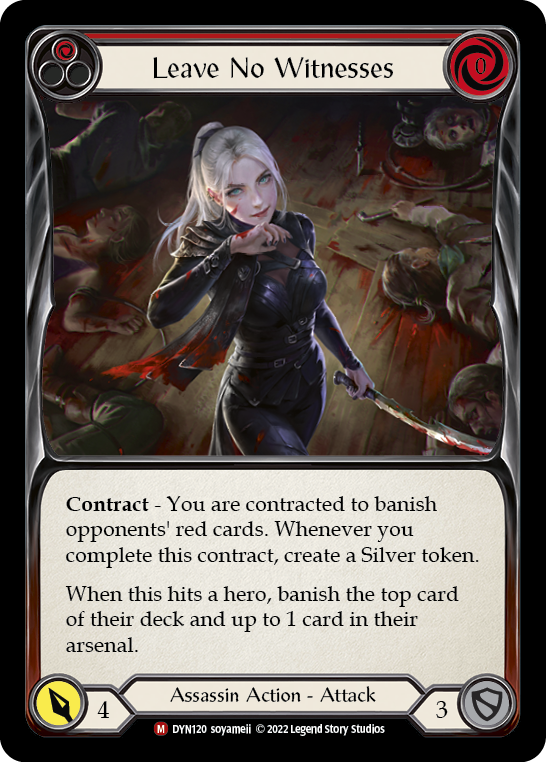  3x Looking for a Scrap (Red)   3x Nimblism (Red)   3x Ravenous Rabble (Red) 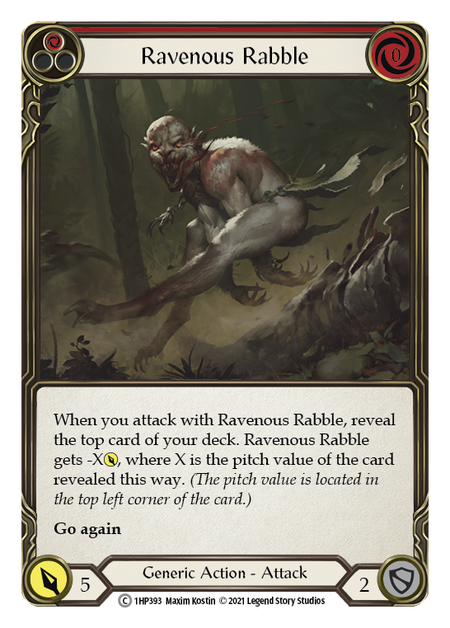  3x Shake Down (Red) 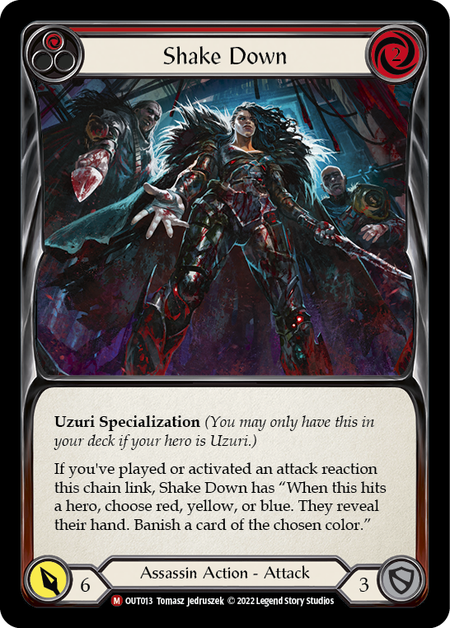  3x Sink Below (Red)    Pitch 2: 3x Codex of Frailty (Yel)   3x Isolate (Yel) 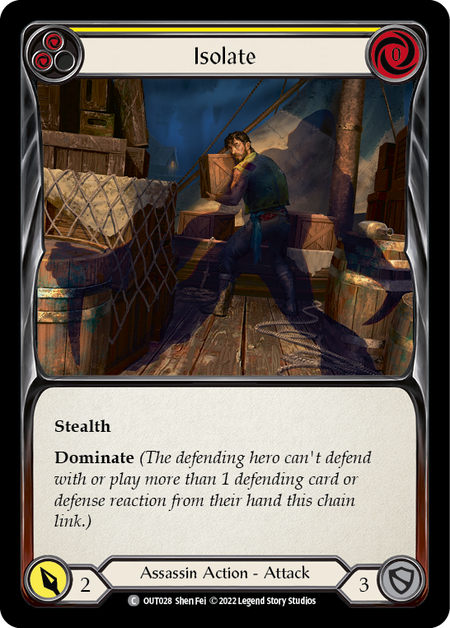  3x Shred (Yel)   Pitch 3: 3x Infect (Blue) 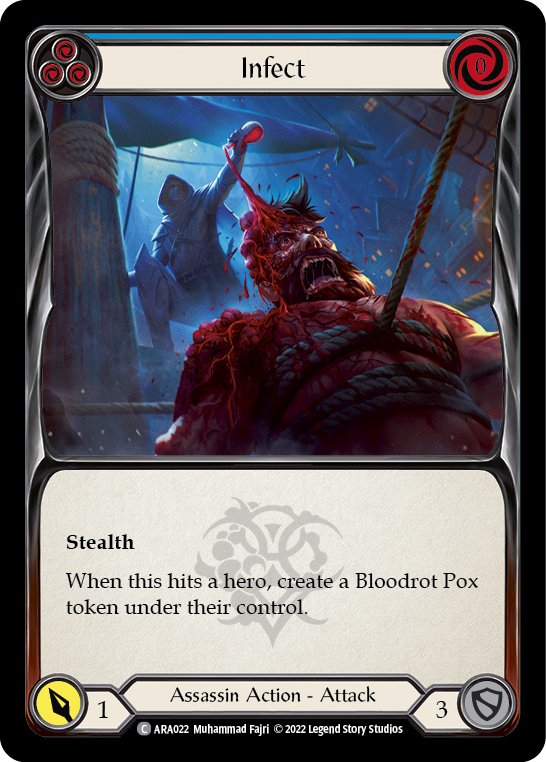  3x Isolate (Blue) 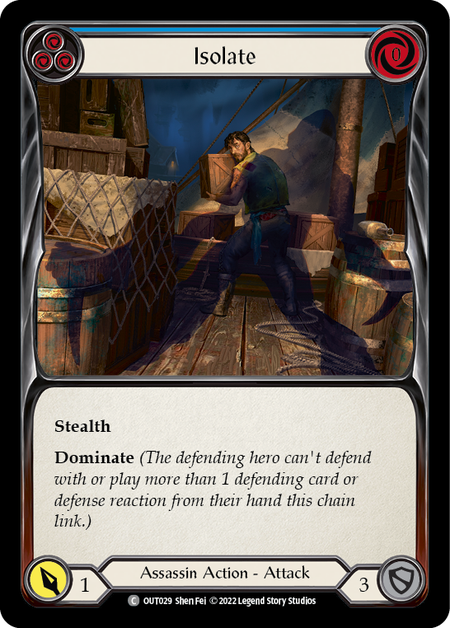  3x Sedate (Blue)   3x Shred (Blue) 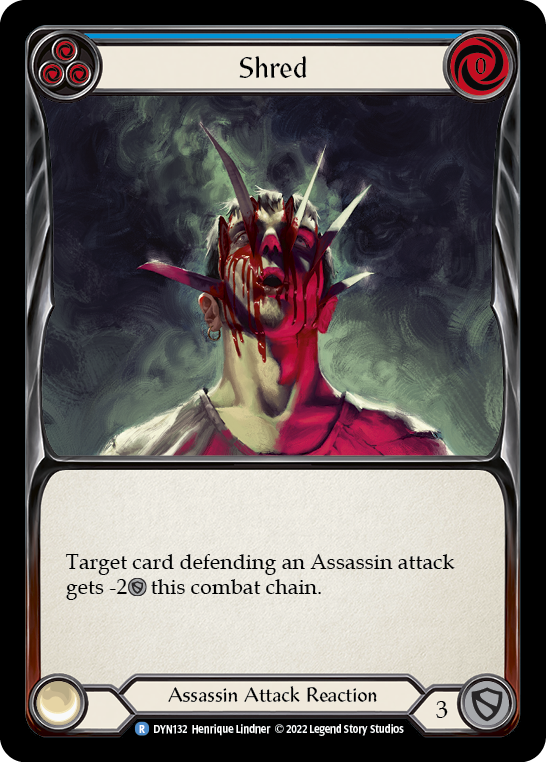  3x Surgical Extraction (Blue) 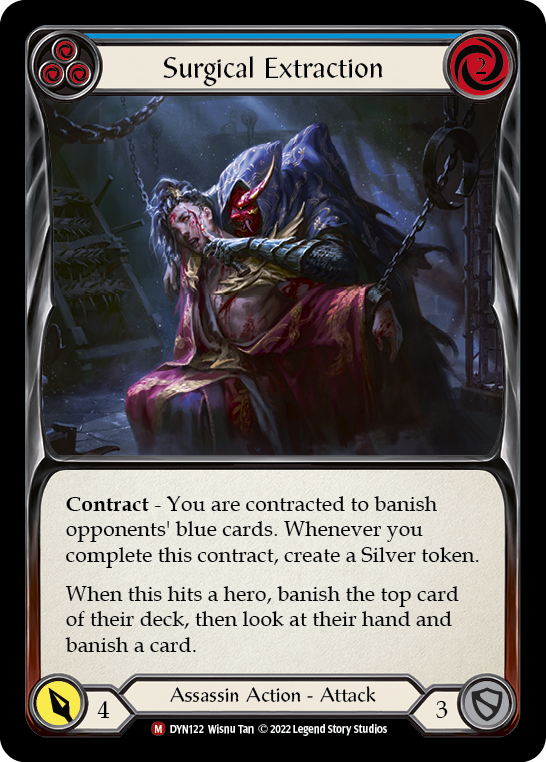  3x Wither (Blue)   |
| Inventory |
|---|
| Pitch 1: 3x Fate Foreseen (Red) 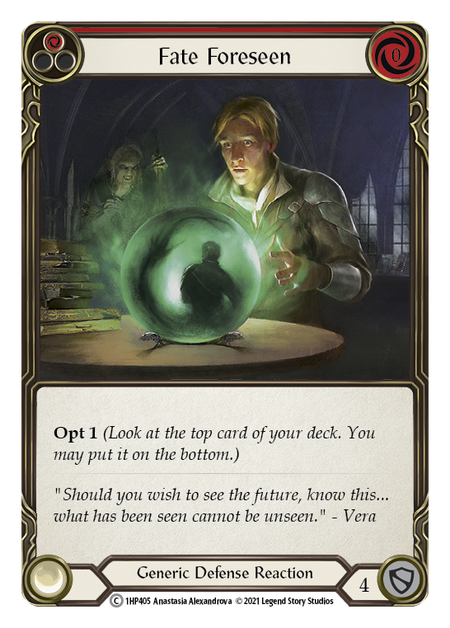  3x Frailty trap (Red)   3x Shred (Red) 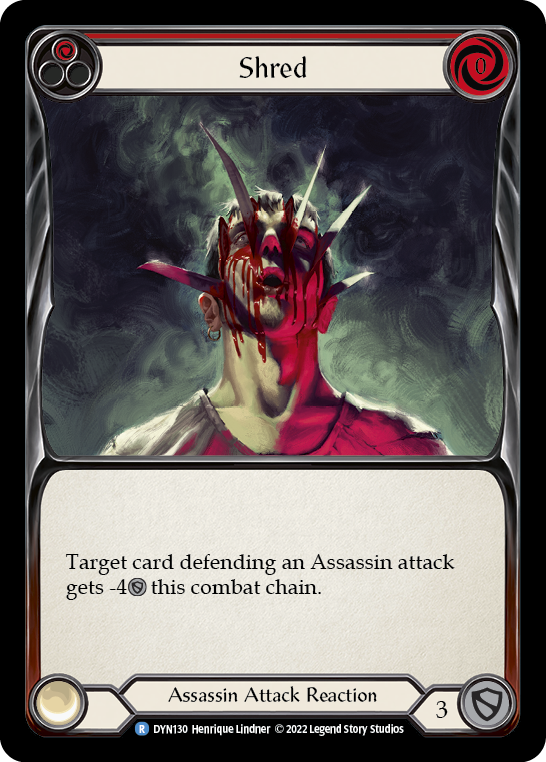  Pitch 2: 3x That All You Got? (Yel) 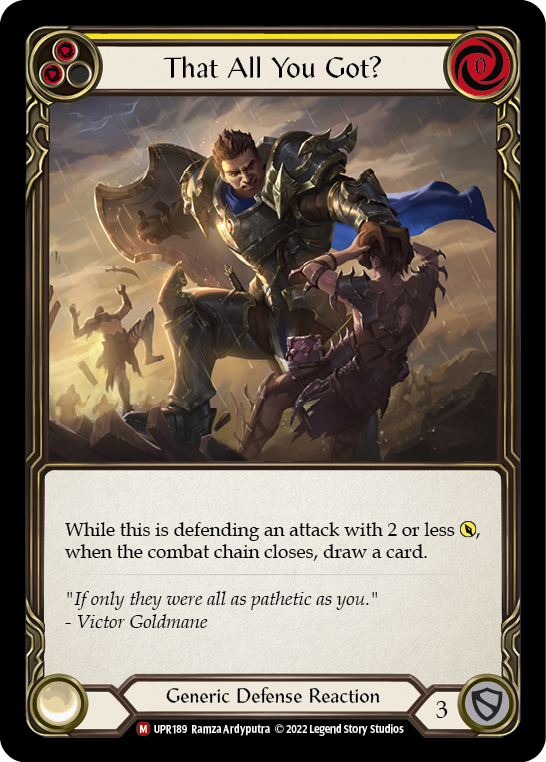  2x Spreading Plague (Yel) 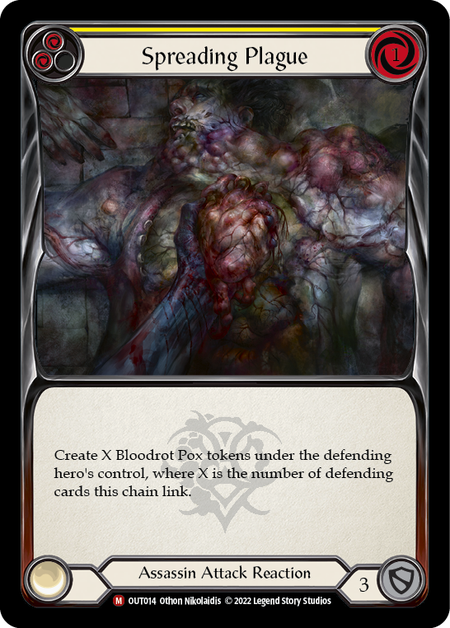  |
Uzuri, Switchblade is a very cool assassin deck that focuses on using small attacks that eventually lead to huge value. The weapon suite we run lends itself to be quite strong against decks that have a lot of value in their equipment slot since we can make equipment blocks even worse. We are also quite offensive, and even though we often only poke in for one, it sets up for much bigger and worse attacks on subsequent turns. Uzuri is a ton of fun and a really interesting hero for CC, and I have been having a blast with this list.
Format Staples for Classic Constructed
Below is a list of cards that are played across a ton of decks and are great pickups if you are unsure what hero you want to play. Note that this is not a fully exhaustive list and does not include every single card played in the format; it only includes the most popular. Additionally, these cards are played in many decks across the format but are certainly not auto-includes in every single list in CC.
Cards:
Equipment/Weapons:
Format Resources:
Fabtcg The official site from the creators of the game Legend Story Studios has awesome information like store locators and info about new and old sets, find decklists from old and more recent tournaments, a great one-stop shop for information.
Fabrary is an amazing resource for decklists and individual information about cards.
Fabdb is another amazing resource for decklists.
Talishar is an unofficial but still amazing version of Flesh and Blood online. It’s a great way to learn the game!
Fabrec is an amazing aggregator of card and deck data allowing you to understand some of the most played cards in the format.
Conclusion:
I hope you enjoyed this one. CC is an amazing format, and there are so many great resources and a million different ways to get started. Whether you learn online, with a friend, or at an LGS, Flesh and Blood has an amazing and welcoming community that greatly helps new players. Thanks for reading to the end and for all of your support!

